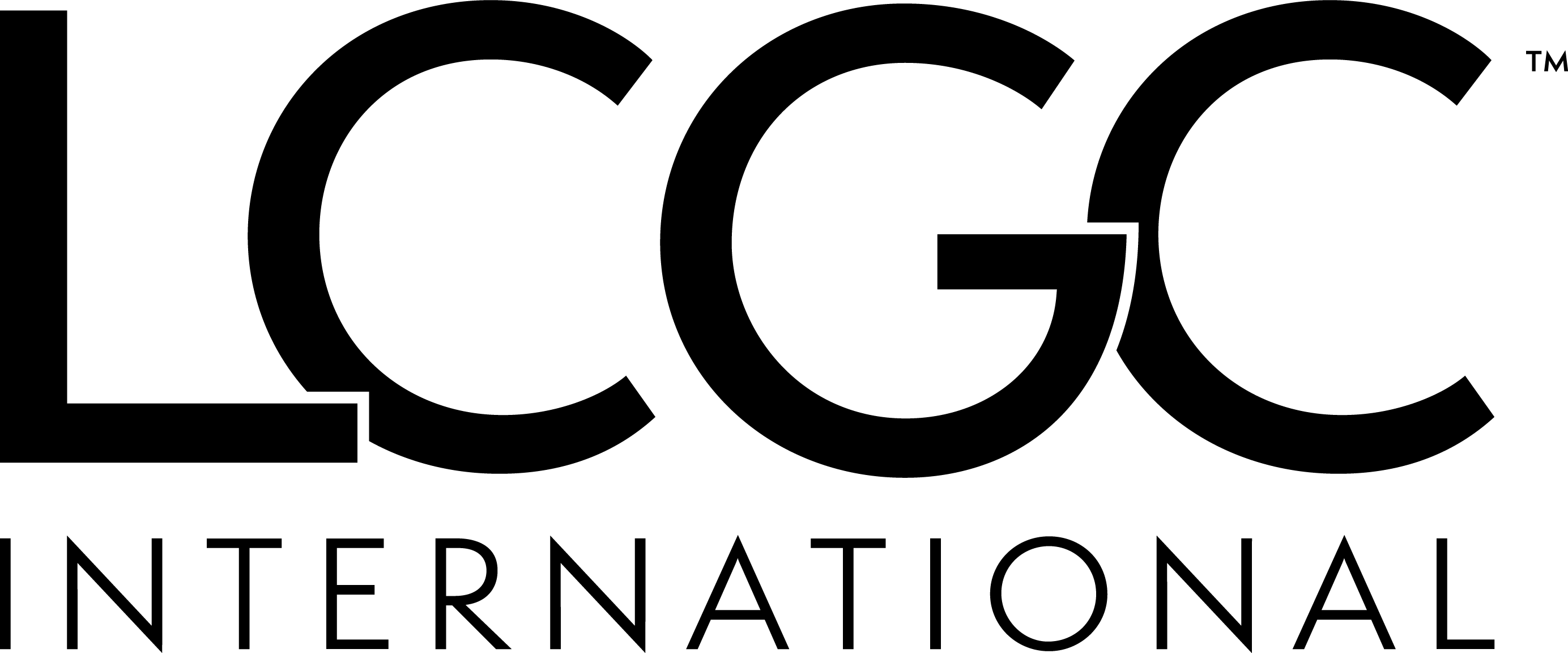
No-Brainer Provisions of the 21st Century Cures Act
The 21st Century Cures Act, passed in December, contains provisions that many have questioned and criticized. This review of those provisions shows that progress in this sector is being made.
A review of Cures Act provisions that modernize and streamline processes we should have revised long ago.
Despite vast bipartisan support, when the 21st Century Cures Act was passed in early December, it was met with immediate
Not surprisingly, these changes have been met with a considerable degree of angst.
When there is talk of streamlined regulatory reviews and expedited approvals, it is natural to question which steps will be cut out of the process and if we can afford to lose them. Frequently, we see validation in passing multiple checkpoints, especially ones that have been in place for a long time.
But we must ask ourselves: In the face of a growing gap between supply and demand for life-saving treatments, is it ethical if we never stop to question whether we can confidently stand by the measures by which we define risk and benefit?
Among others, I believe the following provisions of the Cures Act will successfully preserve conscionable safeguards of safety and efficacy, eliminate undue development hurdles, and increase patient access to breakthrough treatments.
Central IRBs for Medical Device Studies [Section 3056]
Today, sponsors of a multisite device research protocol are faced with an exponentially higher administrative burden than those conducting single-site non-device investigations because of a local review requirements specific to research with devices. Thus, a 15-site study involving an investigational device could involve 15 local institutional review boards (IRBs), each with its own requirements. This means that each IRB can (and often does) request changes to protocols as well as consent forms, resulting in significant delays and complications as revisions are made to satisfy the disparate requests.
Section 3056 of the Cures Act comes on the heels of an
Moving forward, with research protocols being reviewed once on behalf of all sites and the sponsor responding to only one IRB’s feedback, study timelines can be planned more accurately, and sponsors and sites can focus more on overall study management and safety. In addition, the IRB can work with the sponsor to develop a unified informed consent for use by all sites, so subjects receive consistent information over the course of the study regardless of where they may be enrolled.
Along with the recent
Through centralized oversight of multicenter medical device studies by a single IRB, we can minimize administrative burdens, costs and delays while accelerating a scientifically sound review and approval process.
Harmonization of Informed Consent [Sections 3023-4]
Harmonizing government regulations has been a significant ask by the national community, evidenced by the existence of the HHS Secretary’s Advisory Committee on Human Research Protections Subcommittee on Harmonization, which is tasked specifically with providing guidance on regulatory issues that would benefit from harmonization.
Section 3023 of the Cures Act addresses this demand by requiring harmonization of the differences between the
The disparity of informed consent regulations between HHS and FDA has been a longtime complication for clinical researchers. It is not an uncommon scenario for a human subject’s informed consent to be waived under HHS but not under FDA regulations. This is particularly difficult with respect to research involving the collection of specimens.
Furthering this provision’s harmonization efforts, section 3024 goes on to amend the Federal Food, Drug and Cosmetic Act to grant FDA the ability to allow waiver or alteration of informed consent for investigational drug and device studies when research activities post no more than minimal risk and include appropriate protections for the subjects’ rights, safety and welfare. Finally, FDA and HHS will be consistent in this regard.
Prioritization of Breakthrough and Humanitarian Use Devices [Sections 3051-2]
Section 3051 of the Cures Act builds upon the Expedited Access Pathway, a voluntary program designed to prioritize the review of certain devices for life-threatening or irreversibly debilitating diseases. Finalized in
In addition, as a counterpart to the orphan drug designation, for which the FDA has seen a
Conclusion
While some of the changes may be viewed as concessions, they also rise to the level of rational and necessary improvements in our current regulatory landscape. The provisions outlined above will remove unnecessary hurdles within the drug and device development pipeline and may allow many more patients suffering from rare conditions to take advantage of the potential breakthrough treatments they’ve been waiting for.
Our road does not end here, however. Regardless of how much progress is made in the years ahead, in both research and regulation, we must continue to monitor and refine our methods – study after study, bill after bill – with the well-being of patients and participants always at heart.
Michele Russell-Einhorn, JD, is Vice President of Human Research Protection Services and Institutional Official at Schulman IRB.
Newsletter
Stay current in clinical research with Applied Clinical Trials, providing expert insights, regulatory updates, and practical strategies for successful clinical trial design and execution.





.png)



.png)



.png)
.png)
